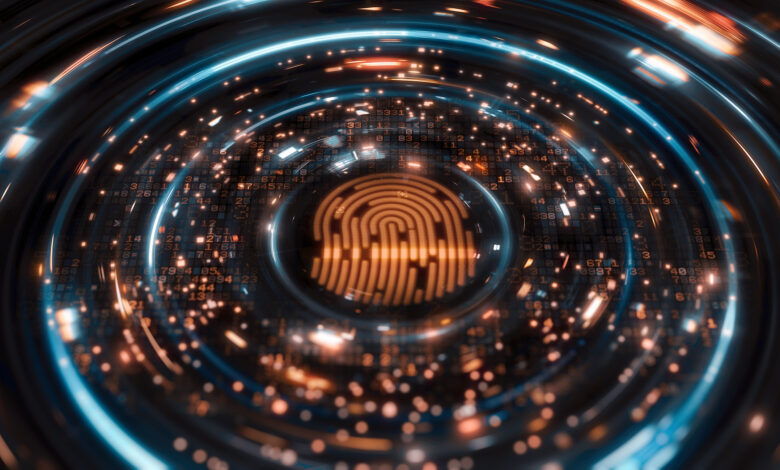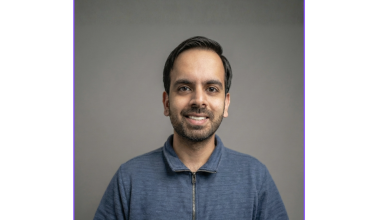
The world of global security is being fundamentally reshaped by advancements in artificial intelligence (AI). While much attention has focused on AI’s potential to revolutionize warfare, its equally significant role in fostering stability through enhanced arms control deserves a closer look. AI isn’t just an incremental upgrade to old methods; it’s a paradigm-shifting technology capable of tackling persistent challenges in monitoring, data analysis, and building international trust.
For decades, global security has been balanced by complex arms control treaties. The success of these agreements hinges on one thing: credible verification. Traditional methods—relying on on-site inspections, spy satellites, and seismic sensors—are straining under the pressures of the modern world. Conflicts in the 21st century have demonstrated how digital deception and massive data volumes overwhelm traditional monitoring tools. AI offers a powerful solution to process vast datasets and detect deception with a speed and scale that was previously science fiction.
Intelligence agencies have long been drowning in a digital ocean of data from spy satellites. Analysts spend countless hours manually sifting through petabytes of high-resolution imagery, a painstaking task prone to human error. They are searching for the proverbial needle in a haystack: the subtle signs of a clandestine weapons program, like a new building at a nuclear site or the construction of a hidden missile silo.
AI transforms this daunting task. Sophisticated deep learning algorithms can be trained on massive image datasets to become the ultimate watchdogs.
- Automated Anomaly Detection: An AI can monitor a high-interest location 24/7, instantly flagging any deviation from its normal “pattern of life.” This could be an unusual convoy of trucks arriving at a uranium enrichment plant or the faint heat signature from an underground test.
- Object Recognition: These models can be trained to recognize and classify specific military hardware, from missile launchers to fighter jets, even when camouflaged or partially obscured.
- Seeing the Unseen: By fusing data from different sensors—like visible light, infrared, and radar—AI can pierce through clouds and darkness, detecting minute ground disturbances that might indicate new underground construction.
For decades, arms control has depended on credible verification. Yet traditional tools—on-site inspections, satellites, seismic sensors—are straining under the pressures of modern conflict. The conflicts in the 21st century illustrate how digital deception and overwhelming data volumes risk making Cold War-era methods obsolete. AI provides a way to process these datasets and expose deception at speed and scale once unimaginable. Verification extends beyond what we can see. The 1996 Comprehensive Nuclear-Test-Ban Treaty, for example, relies on a global network of sensors to “listen” for the seismic rumble of a secret nuclear test. The challenge is distinguishing the unique signature of a nuclear detonation from the planet’s constant chorus of natural earthquakes and conventional explosions.
Distinguishing these subtle signals is exactly where machine learning proves invaluable. AI models can analyze the complex waveforms from seismic and acoustic sensors with incredible precision, filtering out background noise to identify the tell-tale fingerprint of a nuclear explosion. This allows for faster, more accurate detection and localization, making it significantly harder for any nation to cheat the system.
Despite its promise, deploying AI at the heart of global security raises critical questions. The biggest challenge is the “black box” problem, where an AI’s internal decision-making process is hidden from human understanding. An AI might conclude with 99.9% certainty that a treaty has been violated, but if analysts cannot understand the complex reasoning behind that conclusion, the finding may not be actionable. In the high-stakes world of national security, intelligence is useless if it cannot be trusted and acted upon with confidence.
This is why the “human-in-the-loop” approach is essential. Rather than replacing human experts, AI should augment them. Domain knowledge and critical human judgment are vital to ensure AI models are not trained on biased or incomplete data and to audit them for fairness and accuracy. This collaborative system builds trust and leads to better outcomes.
Realizing AI’s promise in arms control demands international coordination, transparency, and strong governance. The future of verification will not be machines or humans alone, but human-AI partnerships capable of sustaining trust in the most high-stakes domain of all—global security.



